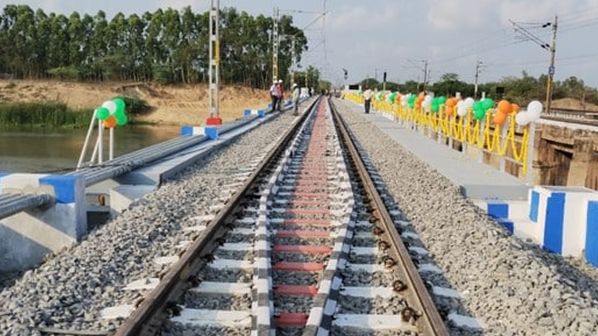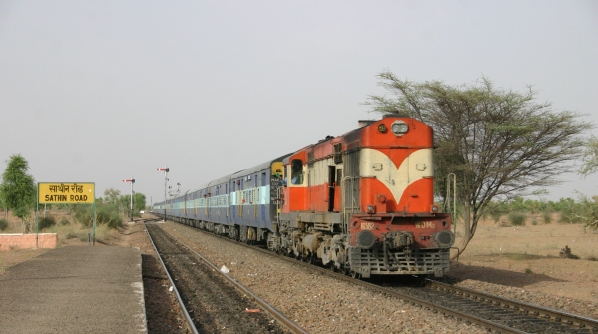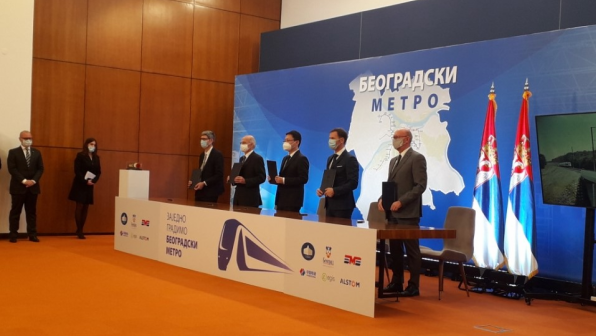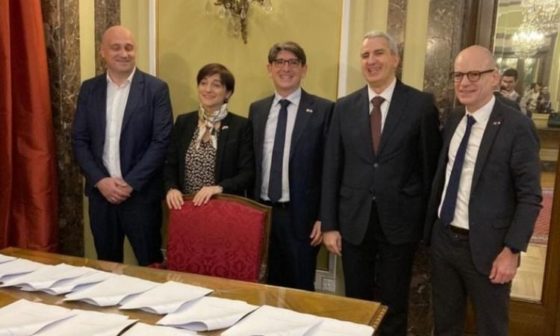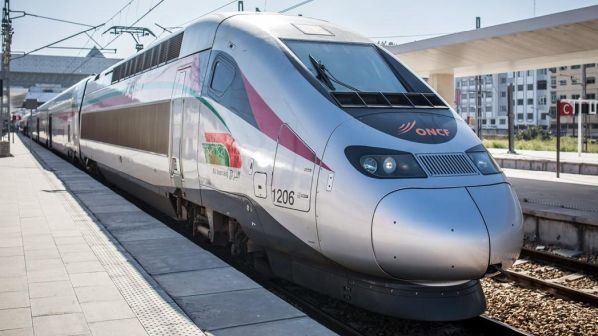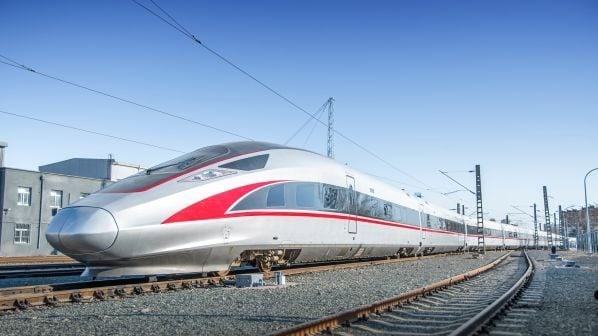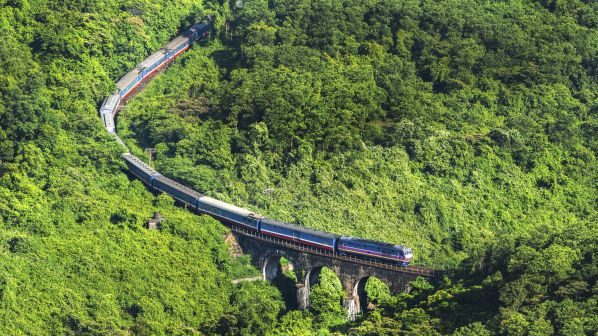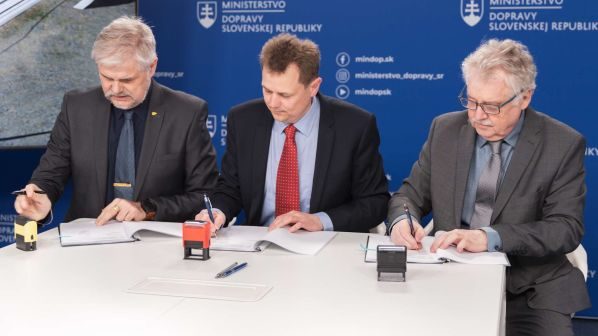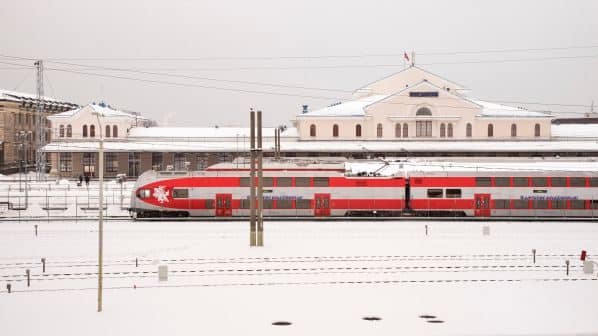India: Two new sections of railway serving Vijayawada, the second largest city in the state of Andhra Pradesh, were put into service on March 28. The lines are used by both passenger and freight trains and have been designed to provide better links between the region’s logistics facilities while also helping to reduce road congestion and emissions. Rail Vikas Nigam, which was commissioned by the Ministry of Railways to build the new infrastructure, worked with Systra India which has been involved in all phases of project management, from civil works, tracklaying, engineering structures, catenary and telecoms systems to commissioning, final inspection and testing.
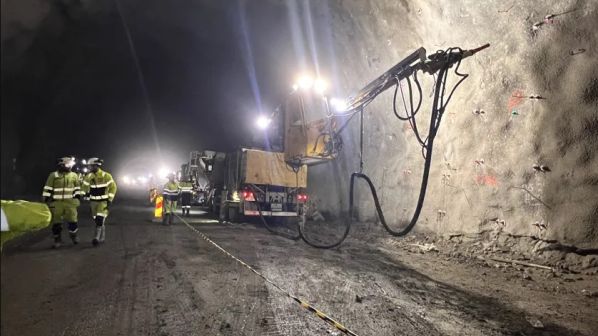
Norway: Work has begun on blasting the remaining 470m of the lower part of the Carlberg Tunnel’s bore, which is estimated to take around 10 weeks to complete. Infrastructure manager Bane Nor says that when construction teams reached the northern end wall of the tunnel in November last year, only the top part of the northernmost 470m of the tunnel’s profile was removed, leaving a bottom section 3m deep. The bore at this point will be up to 22m wide and over 12m high to accommodate three tracks and the dimensions of the tunnel are too large for the entire profile to be removed by blasting in one operation. One advantage of the two-stage process is easier access to the tunnel roof for finishing work such as shotcreting.
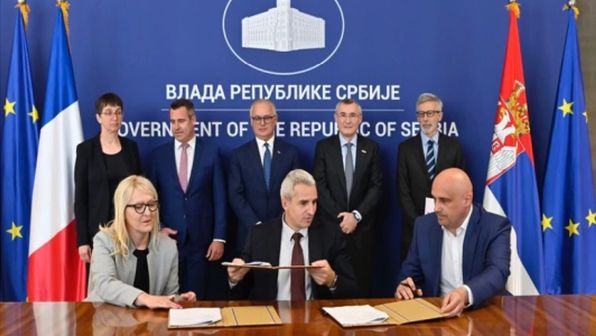
Serbia: The Ministry of Infrastructure has signed a €46m contract with a consortium comprising German Rail (DB) and Systra for project management and supervision of the construction of Belgrade’s first metro line and its rolling stock depot. Construction of the 22km line began in November 2021. It runs along the Sava river, crossing central Belgrade and linking Makisko Polje in the southwest of the capital with Mirijevo in the northeast. Completion is expected in 2028, and work on a 19.8km second line is expected to begin in 2030.
International: Spain and Morocco are to revive efforts to develop a proposed rail tunnel under the Strait of Gibraltar to link Europe and North Africa, studies for which have been carried out periodically over more than 40 years by the Spanish Company for Studies into a Fixed Link across the Strait of Gibraltar (Secegsa) and National Strait of Gibraltar Studies (SNED) of Morocco. The joint committee reportedly last met in 2009, but after not receiving funding for some years, Secegsa has now been allocated €2.3m under the EU’s Recovery, Transformation & Resilience Plan to enable the two organisations to update information from earlier studies.
Vietnam: The Vietnam Railway Authority (VNRA) says efforts made by the Ministry of Transport (MoT) to attract private investment in rail infrastructure projects have borne fruit. East Japan Railway (JR East) has expressed interest in the Hanoi - Haiphong line upgrade project, as well as a rail link to the Lach Huyen International Gateway Port in Haiphong. Meanwhile, Spain’s ambassador to Vietnam, Ms Pilar Méndez Jiménez, says her country wishes to help develop Vietnam’s rail system, including high-speed rail. The World Bank has also expressed willingness to invest in the North-South high-speed rail project. Rail sector capital demand by 2030 is estimated at Dong 240 trillion ($US 10.2bn), including Dong 46.3 trillion for upgrading routes and Dong 112.3 for building a high-speed line.
= A total of 16,377ha of land will be used for rail projects across the country in the period up to 2030 under network plans signed on April 17 by deputy prime minister, Mr Tran Hong Ha. This is an increase of 5644ha on the current figure. As part of the plans, from now until 2025 the state will allocate Dong 15.9 trillion ($US 678.1m) from the public investment fund to the rail sector for upgrading infrastructure and beginning projects for new lines.
Slovakia: The European Union (EU) is to provide €90m from its Cohesion Fund 2014-2020 to enable Slovakia to complete rail infrastructure connected to the Žilina-Teplička marshalling yard, a core TEN-T network hub. The EU funding will support the upgrading of 7.85km of line, with the first phase seeing completion of earthworks, removal of old track, and supporting structures built for line sections at Strážov-Žilina, Budatín-Žilina and at Žilina station. Work will include completion of two platforms and extended noise barriers, rebuilding of six rail bridges, four road bridges and six underpasses. In addition, a new electronic interlocking compatible with ERTMS will be installed.
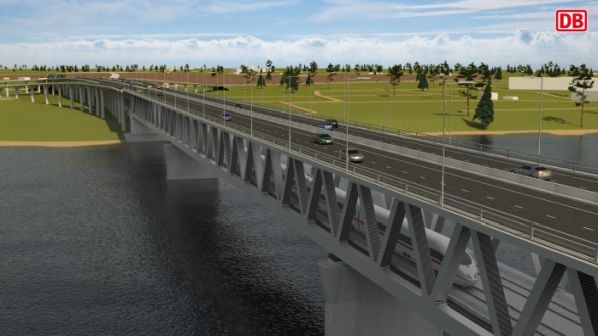
Latvia: The 265km section of the Rail Baltica project running through Latvia will include a 1.1km combined rail and road steel truss bridge over the River Daugava near Salaspils. It will combine a high-speed rail line on the lower deck with a dual carriageway road on the upper deck. The bridge’s height above water level will range from 8.35m to 11.8m and the width of the double-track rail section, designed for speeds of up to 249km/h, will be 12.1m. A joint venture of Egis Rail, DB Engineering & Consulting and SIA Olimps is designing Rail Baltica’s Vangaži - Salaspils - Misa section which includes the bridge.
For detailed data on rail projects in Europe and around the world, subscribe to IRJ Pro.
